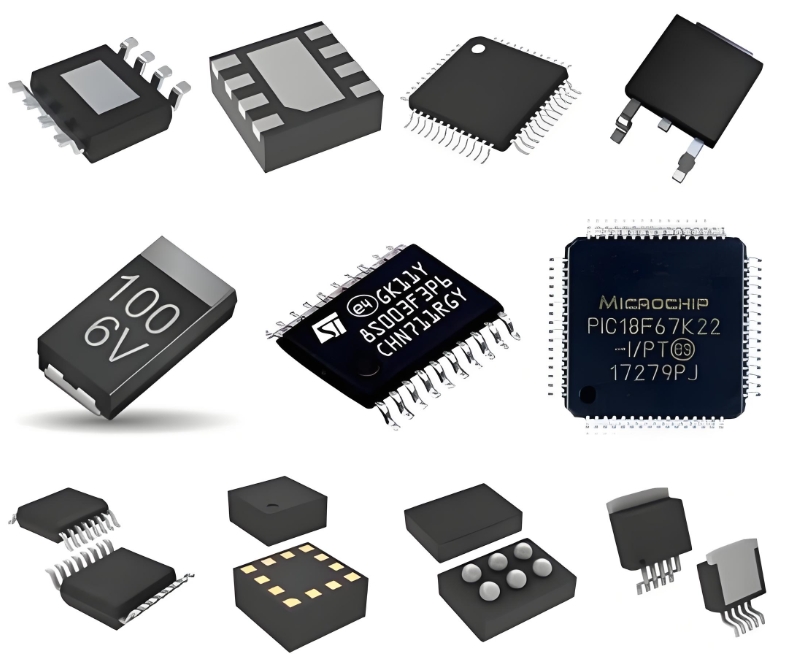**The AD534JH: A Deep Dive into the Classic Analog Multiplier IC**
In the vast landscape of analog computing and signal processing, few integrated circuits have achieved the legendary status of the **AD534JH**. This precision monolithic multiplier, introduced by Analog Devices, became a cornerstone for engineers designing everything from modulators and dividers to sophisticated function generators. Its enduring legacy is a testament to a design that masterfully balanced performance, versatility, and reliability.
At its core, the AD534JH is a **four-quadrant analog multiplier**. This means it can accurately handle both positive and negative input voltages for its two primary signals, X and Y, producing an output that is precisely the product of these inputs divided by a fixed reference voltage. The fundamental transfer function is expressed as:
**`Output = (X1 - X2) * (Y1 - Y2) / 10V`**
This simple yet powerful equation unlocked a universe of mathematical operations. By connecting the inputs and the output in various feedback configurations, the AD534JH could be transformed from a simple multiplier into a **high-performance divider, square rooter, or mean square calculator**. This flexibility made it an indispensable component in analog computers, which used it to model complex physical systems with differential equations in real-time.
What truly set the AD534JH apart from its predecessors and competitors was its **laser-trimmed monolithic construction**. During manufacturing, thin-film resistors were laser-trimmed to achieve an unprecedented level of accuracy. This process minimized the key sources of error in analog multipliers: **non-linearity, offset voltage, and scale factor error**. The result was a device that offered a typical total static error of less than 0.5%, a remarkable figure for its time. Users did not require complex external trimming circuits to achieve usable results, simplifying design and calibration immensely.

The applications of the AD534JH were, and in some cases still are, incredibly diverse. It found a home in:
* **Modulation/Demodulation:** Serving as the heart of amplitude modulators (AM), double-sideband suppressed-carrier (DSB-SC) modulators, and frequency doublers.
* **Automatic Gain Control (AGC):** Calculating the power of a signal to dynamically adjust amplifier gain.
* **Analog Computation:** Solving real-time equations involving multiplication, division, and squaring.
* **Voltage-Controlled Amplifiers (VCA) and Filters:** Where one input signal controls the gain or frequency applied to another.
While modern digital signal processors (DSPs) and field-programmable analog arrays (FPAAs) have taken over many complex mathematical functions, the AD534JH remains relevant. Its charm lies in its **elegant, self-contained, and real-time operation**. For educational purposes, prototyping, or in systems where a pure analog solution is preferred for its simplicity or bandwidth characteristics, the AD534JH continues to be a component of choice.
ICGOODFIND: The **AD534JH** stands as a monumental achievement in analog design. Its **internally trimmed precision** and remarkable **versatility as an analog computational block** cemented its role as a fundamental building block for a generation of engineers. It is a classic IC that perfectly embodies the principle of achieving complex functionality through intelligent and precise analog design.
**Keywords:** Analog Multiplier, Four-Quadrant, Laser-Trimmed, Analog Computation, Modulation
